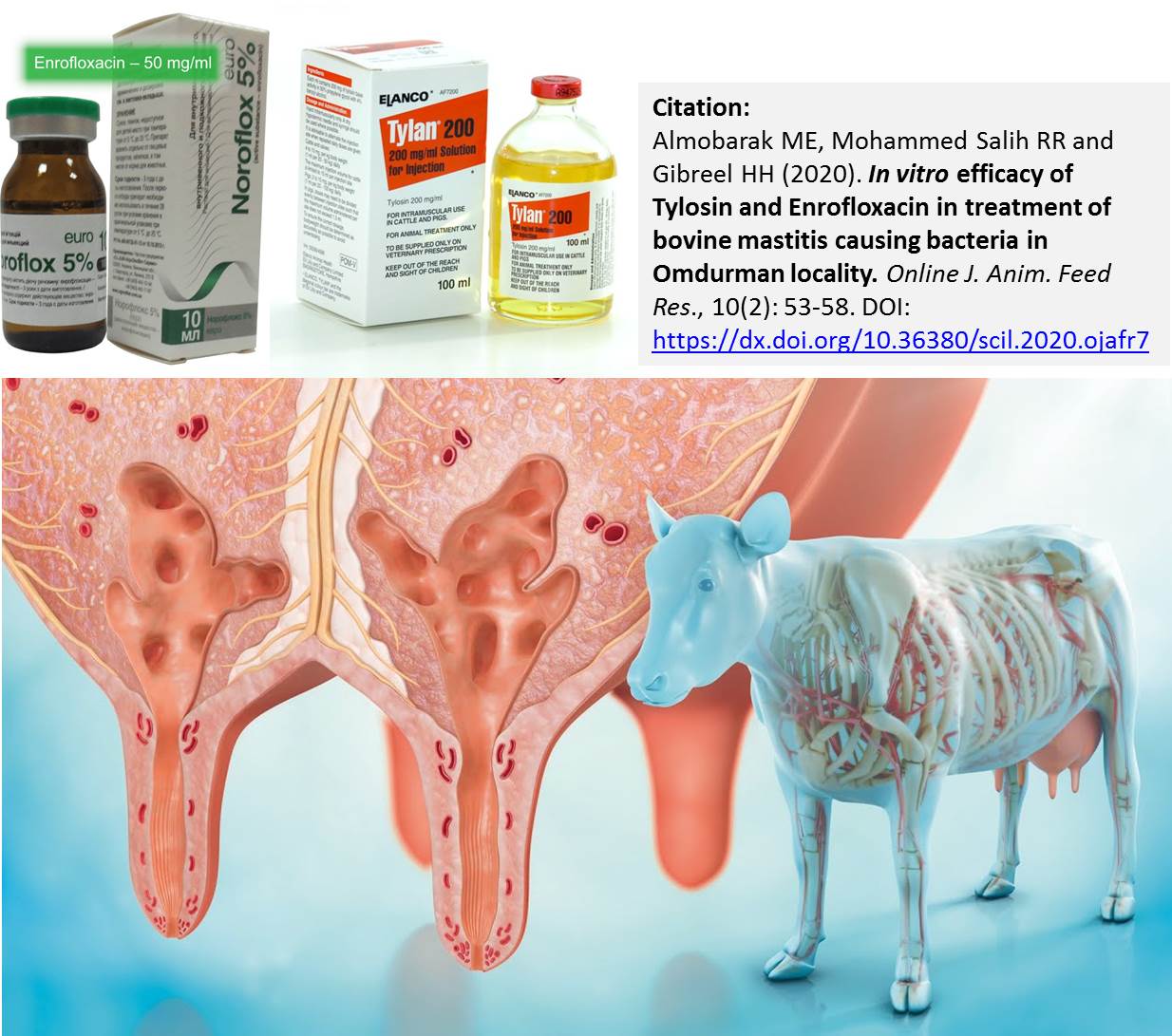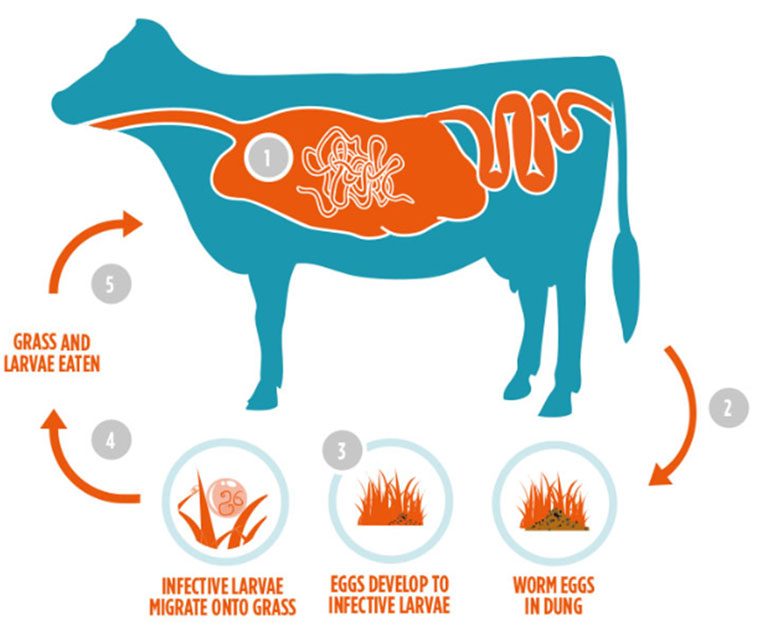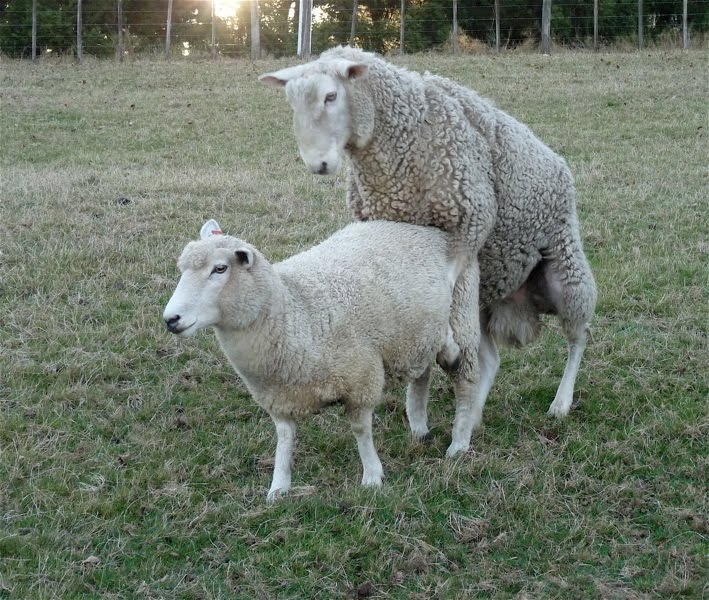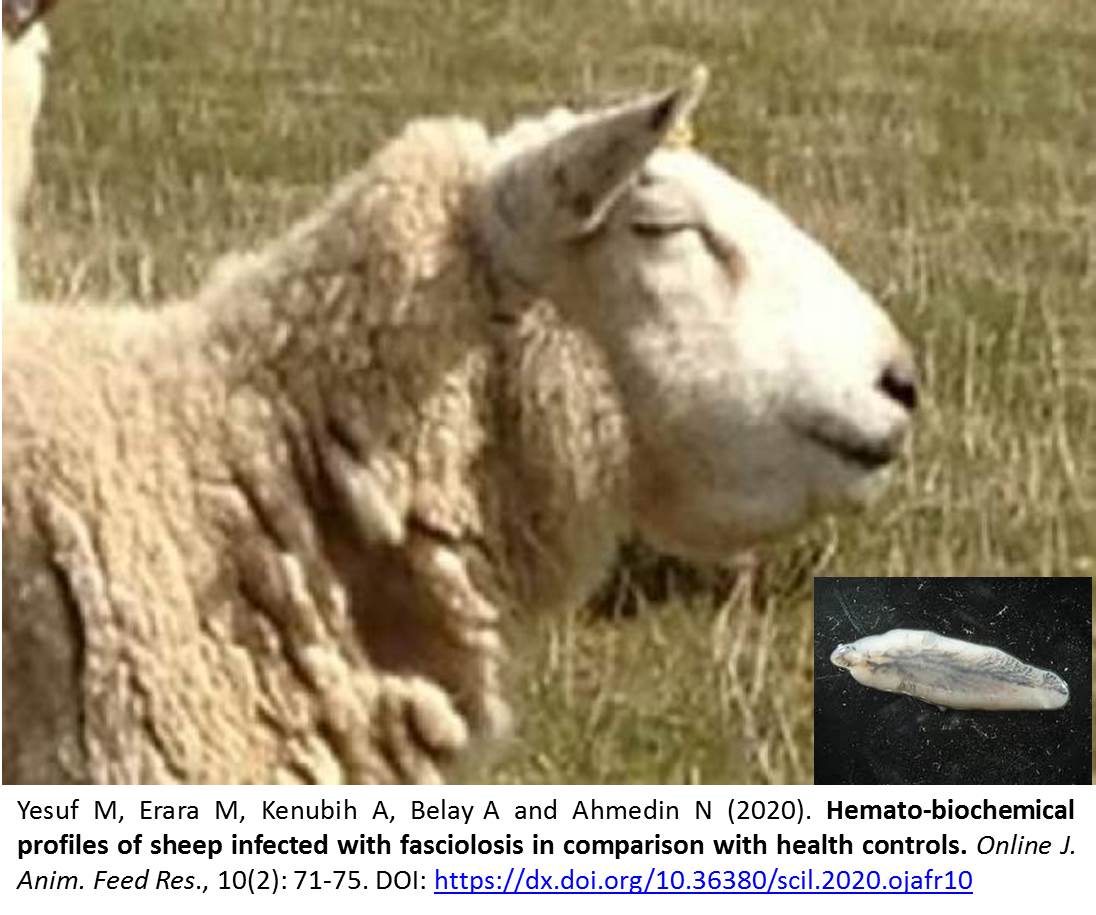Previous issue | Next issue | Archive
Volume 10 (2); March 25, 2020 [Booklet] [EndNote XML for Agris]![]()
In vitro efficacy of Tylosin and Enrofloxacin in treatment of bovine mastitis causing bacteria in Omdurman locality.
Almobarak ME, Mohammed Salih RR and Gibreel HH.
Online J. Anim. Feed Res., 10(2): 53-58, 2020; pii: S222877012000007-10
DOI: https://dx.doi.org/10.36380/scil.2020.ojafr7
Abstract: Dairy industry has recently grown as a very important economic national source of income. In Sudan, many dairy owners introduced foreign blood. This might result in a progeny of mixed blood cows with lowered resistance to endogenous and locally prevailing diseases such as mastitis. In this study 60 milk samples were obtained from Frisian cows in Elrudoan and Elmouileh Convention in Omdurman, Khartoum State, Sudan. Samples positive for bacterial growth were identified using the gram stain and various conventional biochemical tests. Hundred species of bacteria were isolated from 60 samples of milk. A total of 70 (70%) were gram positive, and 30 (30%) were gram negative bacteria. Among the total of the gram positive isolates, 40 (57.1%) were Staphylococcus spp., 18 (25.7%) were Bacillus spp., 6 (8.6%) Streptococcus spp., 4 (5.7%) Corynebacterium spp., and 2 (2.9%) were Actinomyces spp. and from gram negative isolates, 26 (86.7%) were Enterobacter spp. and 4 (13.3%) were E. coli. Antibiotic susceptibility tests to Tylosin and Enroflaxcin were performed for the isolated bacteria (Staphylococcus aureus, Staph. epidermidis, Enterobacter aerogenes and Enterobacter faecalis). The isolated bacteria were found to be highly sensitive to Tylosin and Enrofloxacin.
Keywords: Tylosin, Enroflxacin, Bovine, Mastitis, In vitro
Research Paper
Prevalence of bovine gastro intestinal parasitic infection in and around Kombolcha town, Ethiopia.
Ayele A, Abay M, Birhan M, Yayeh M, Erara M, Gessese T, Mohammed A and Demoze G.
Online J. Anim. Feed Res., 10(2): 59-65, 2020; pii: S222877012000008-10
DOI: https://dx.doi.org/10.36380/scil.2020.ojafr8
Abstract: A cross-sectional study was conducted in and around Kombolcha from October 2017 to April 2018 to determine the prevalence of gastro-intestinal helminthes parasites in cattle. A total of 384 randomly selected cattle were sampled and examined using standard coprological procedure. The overall prevalence was 39.8% of gastrointestinal (GI) helminthes and the prevalent helminthes eggs identified were 15.6% Paramphistomum species (spp), 10.4% strongly type eggs, 8.6% Fasciola spp., 3.1% Trichuris species and 2.1% Toxocaraspecies. This result indicated the highest prevalence of Paramphistomum spp. eggs than other helminthes egg and the lowest prevalence of Toxocara species egg. There was statistically significant difference among the age groups in paramphistomum and strongly infection (χ2=24.960, p≤ 0.001) and (χ2=17.047, p≤ 0.001) respectively. Higher prevalence rate was shown in 2-5 years age of cattle. Between body conditions there was also significant (p≤ 0.000 and p≤ 0.013) difference in paramphistomum and strongly and which was higher in moderate animals and lower in animals with good body condition. Sex had no significant effect on the prevalence of helminthes parasite, except for strongly type of egg. The present study revealed that there is high prevalence of GI helminthes infection in cattle in the study area. Therefore, strategic prevention should be advocated to prevent the problem in and around Kombolcha.
Keywords: Cattle, Gastrointestinal, Prevalence, Helminthes parasites, Kombolcha
Research Paper
Comparative advantages of cervical insemination over natural mating on production of crossbred lambs for export market.
Besufkad Sh, Bisrat A, Demis Ch, Abebe A, Abebe A, Goshime Sh, Zewude T.
Online J. Anim. Feed Res., 10(2): 66-70, 2020; pii: S222877012000009-10
DOI: https://dx.doi.org/10.36380/scil.2020.ojafr9
Abstract: A study was conducted at Debre Birhan agricultural research center to evaluate the success of artificial insemination (AI) following oestrous synchronization in Washera ewes. A total of 32 ewes were selected from this center. All experimental animals were synchronized using single injection of 1 ml Enzaprost® intramuscularly at unknown stage of estrous cycle. Then ewes were divided into Dorper and Awassi fresh semen cervical insemination. Fixed time cervical insemination was performed in estrous ewes 48-51 hrs following 1 ml Enzaprost® injection with 0.25 ml fresh diluted Dorper and Awassi semen. Out of 32 ewes synchronized, 22 (68.8%) of ewes exhibited overt sign of oestrous within 48 hrs of hormone administration. Ewe’s body condition score (BSC) wasn’t found to be a significant factor determining oestrous response to hormone treatment. The overall pregnancy, lambing and fecundity rates for cervical insemination and natural mating were 63.64, 77.27, 121.43% and 57.46, 61.57, 107.14%, respectively. There was no significant difference in pregnancy, lambing and fecundity rates among ewes mated with fresh semen cervical insemination and controlled ram mating (P< 0.05). The pregnancy, lambing, and fecundity rates for Awassi and Dorper semen were 58.3, 75.0, 128.57% and 70.0, 80.0, 114.29%, respectively. No significance differences were observed in pregnancy, lambing and fecundity rates among the genotypes (P˂ 0.05). The current work strongly indicated that artificial insemination following oestrous synchronization has a tremendous impact on terminal crossing, that allows us to import fewer exotic genotypes and producing large number of crossbreed lambs from imported breed with in few years.
Keywords: Artificial insemination, Commercial lamb production, Washera, Enzaprost
Research Paper
Hemato-biochemical profiles of sheep infected with fasciolosis in comparison with health controls.
Yesuf M, Erara M, Kenubih A, Belay A and Ahmedin N.
Online J. Anim. Feed Res., 10(2): 71-75, 2020; pii: S222877012000010-10
DOI: https://dx.doi.org/10.36380/scil.2020.ojafr10
Abstract: Fasciolosis can cause considerable change in hematological parameters and liver driven serum enzymes. Hence, the aim of this research is to assess the hematological and biochemical changes in sheep infected with Fasciolosis in comparison with healthy controls. A total of 52 local breed (26 form naturally infected and 26 from healthy control group) matched with sex and age were enrolled in the study. Five ml blood using EDTA vacutainer tube for hematology and another 5 ml blood by serum separating tubes for serum biochemical profiles were taken and analyzed using Sysmex automated hematological analyzer and Vegasys chemistry analyzer respectively. The hematological analysis indicated there were significant mean reductions (P<0.001) in tRBC, hemoglobin, hematocrit, Mean Corpuscular Volume (MCV), Mean Corpuscular Hemoglobin (MCH); Mean corpuscular hemoglobin concentration (MCHC) in case group (5.62±1.15, 8.92±1.66, 20.12±5.78, 26.05±4.16, 9.444±2.00 and 29.72±2.55) than control group (10.27±1.36, 12.68±1.66, 38.9±6.05, 40.50±3.35, 13.100±1.35 and 34.327±3.06) respectively. On the contrary the mean value of tWBC and eosinophil were significantly higher in the infected group (11.27±2.7 and 7.19±2.81) than the flock free of Fasciolosis (7.12±2.61 and 2.82±1.07) respectively. Regarding biochemical parameters, the significant mean elevation (P 0.001) in serum ALT (125.92±20.71) and AST (34.73±11.97) in the infected sheep were observed than ALT (77.04±13.96) and AST (23.69±7.37) of the control groups. Whereas, the serum total protein and glucose level (5.17±1.05 and 21.15±11.08) in Fasciola infected sheep were significantly lower (P<0.001) than healthy control (7.33±1.06 and 32.62±9.48, respectively). The alteration in hemato-biochemical profile suggested a great impact of Fasciolosis on liver physiology leading to loss of production and productivity in sheep industry.
Keywords: Biochemical Profile, Fasciola, Hematology, Sheep.
Previous issue | Next issue | Archive![]()
| < Prev | Next > |
|---|






